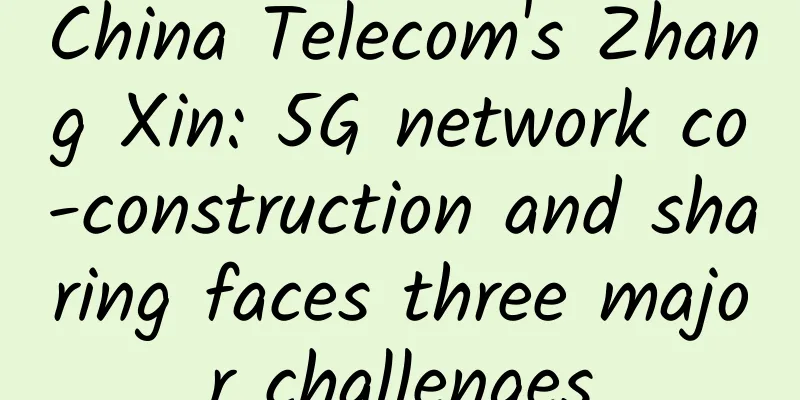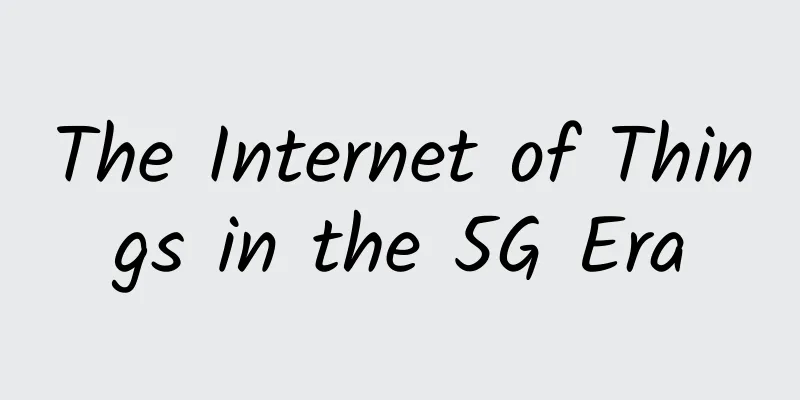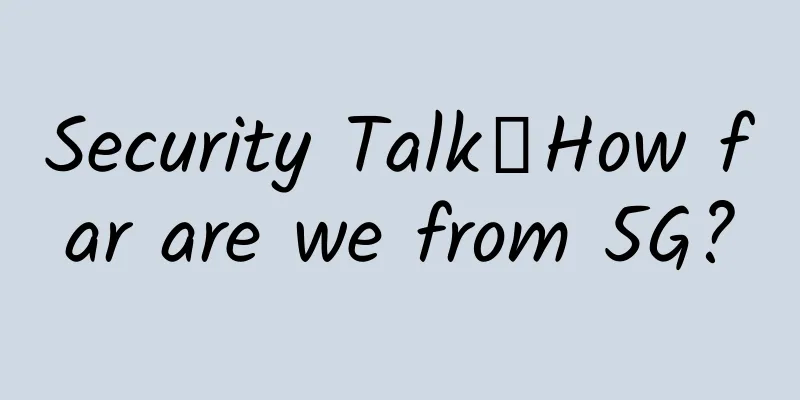Learn the history of HTTP in 6 minutes

|
HTTP/0.9HTTP/0.9 was proposed in 1991 and is mainly used for academic exchanges. The requirements are simple - it is used to transfer HTML hypertext content between networks, so it is called Hypertext Transfer Protocol. Overall, its implementation is also simple, using a request-response-based model, where the client sends a request and the server returns data. Complete request process
HTTP/0.9 request process Features
HTTP/1.0HTTP/0.9 has many problems, such as the following:
So it could no longer meet the needs at the time, so HTTP/1.0 came along, which brought the following:
From the perspective of building a request process, the biggest difference between HTTP/1.0 and HTTP/0.9 is that a lot of new fields are added during requests and responses for communication between the browser and the server. HTTP/1.1Although HTTP/1.0 is capable of transmitting different types of files, it still has shortcomings. For example, each HTTP request needs to go through the following stages:
HTTP/1.0 sends multiple requests with the same domain name:
It can be found that each request needs to re-establish the TCP connection and disconnect the operation, which undoubtedly increases the network overhead and also delays the page display. HTTP/1.1 adds the Connection field in the request header : used to provide TCP persistent connection**:
Persistent connections are enabled by default, that is, for the same domain name, the browser supports 6 TCP persistent connections by default. When persistent connections are enabled, multiple requests under the same domain name will be sent as follows:
HTTP/1.1 adds a new Host field to support virtual hosts
HTTP/1.1 supports dynamic content by introducing the Chunk transfer mechanism : the server divides the data into several data blocks of arbitrary size, and each data block is sent with the length of the previous data block attached. Finally, a zero-length block is used as a sign that the data sending is completed. HTTP/1.1 also introduced client-side cookie mechanism and security mechanism HTTP/2We know that HTTP/1.1 has made a lot of optimizations for network efficiency. The core ones are the following three methods:
Problems that remain in HTTP/1.1Although HTTP/1.1 has adopted many strategies to optimize resource loading speed and has achieved certain results, the bandwidth utilization of HTTP/1.1 is not ideal, which is also a core problem of HTTP/1.1. Bandwidth refers to the maximum number of bytes that can be sent or received per second. We call the maximum number of bytes that can be sent per second the upstream bandwidth, and the maximum number of bytes that can be received per second the downstream bandwidth. The reason why HTTP/1.1 does not have an ideal bandwidth utilization is that it is difficult for HTTP/1.1 to fully utilize the bandwidth. For example, the actual download speed of the 100M bandwidth we often talk about can reach 12.5M/S, but when using HTTP/1.1, the maximum speed may only be 2.5M/S when loading page resources, and it is difficult to fully utilize the 12.5M. The reason for this problem is mainly caused by three problems: The first reason is TCP's slow start Once a TCP connection is established, it enters the data sending state. At the beginning, the TCP protocol will use a very slow speed to send data, and then slowly increase the speed of sending data until the speed of sending data reaches an ideal state. We call this process slow start. This process can be imagined as the starting process of a car, which is slow at the beginning and accelerates faster when the speed increases. The reason why slow start causes performance problems is that some key resource files commonly used in the page are not large, such as HTML files, CSS files and JavaScript files. Usually these files are requested after the TCP connection is established, but this process is slow start, so it takes much longer than normal, which delays the precious first rendering time of the page. The second reason is that multiple TCP connections are opened at the same time, and these connections will compete for a fixed bandwidth. You can imagine that the system establishes multiple TCP connections at the same time. When the bandwidth is sufficient, the sending or receiving speed of each connection will slowly increase; once the bandwidth is insufficient, these TCP connections will slow down the sending or receiving speed. This will cause a problem, because some TCP connections download some key resources, such as CSS files, JavaScript files, etc., while some TCP connections download ordinary resource files such as pictures and videos. However, multiple TCP connections cannot negotiate which key resources to download first, which may affect the download speed of those key resources. The third reason is HTTP/1.1 head-of-line blocking We know that when using persistent connections in HTTP/1.1, although a TCP pipeline can be shared, only one request can be processed in a pipeline at the same time, and other requests can only be blocked before the current request is completed. This means that we cannot send requests and receive content in a pipeline at will. This is a very serious problem, because there are many factors that block requests, and they are all uncertain factors. If some requests are blocked for 5 seconds, then the subsequent queued requests will be delayed and wait for 5 seconds. During this waiting process, bandwidth and CPU are wasted. HTTP/2 MultiplexingIn order to solve the problems in HTTP/1.1, the most disruptive solution is adopted in HTTP/2: multiplexing mechanism. What is HTTP/2 multiplexing? In simple terms, the multiplexing mechanism of HTTP/2 means that the browser only establishes one TCP connection channel for resources of the same domain name, and all requests for this domain name are completed in this channel; In addition, data transmission no longer uses text format, but will be divided into smaller streams and frames, and encoded in binary format. In a TCP connection channel, any number of bidirectional data streams are supported, and these data streams are parallel, out of order, and do not interfere with each other. The data transmitted in the data stream is a binary frame, which is the smallest unit of data transmission in HTTP/2. The frames in a stream are transmitted in sequence and in parallel, so there is no need to wait in order. What problem was solved? Because only one TCP connection is used, the time consumed by TCP slow start is reduced. In addition, because there is only a single TCP connection, there is no problem of different TCPs competing for network bandwidth. After the request sent by the client passes through the binary framing layer, it is no longer a complete HTTP request message, but a bunch of disordered frames (that is, the frames of different streams are disordered, but the frames of the same stream are transmitted sequentially). Therefore, it will not be transmitted in sequence, and there is no waiting, thus solving the HTTP header blocking problem. How it is achieved
Other HTTP/2 features1. You can set the priority of the request In the browser, some data is very important, such as critical CSS or JS. If these important data are pushed to the browser relatively late, it will definitely be a bad experience for users. Therefore, HTTP/2 can support setting the priority of requests, so that the server will give priority to high-priority requests when it receives them. 2. Server Push In HTTP/2, after the server parses an HTML page, the server knows that the browser needs the resources referenced on this page, such as CSS and JS, so the server will actively push these resources to the browser to reduce the client's waiting time. 3. Header Compression HTTP/2 uses the HPACK compression algorithm to compress request headers and response headers. Although the effect of compressing a single request is not very obvious, if a page has 100 requests, then after each request is compressed by 20%, the speed-up effect will be obvious. The compression principle of HPACK is actually two points:
HTTP/3HTTP/2 is still based on TCP, so the following problems still exist. TCP Head-of-Line Blocking In HTTP/2, multiple requests are run in one TCP connection. If a packet is lost in a data stream, all requests in the TCP connection will be blocked. This is different from HTTP/1.1. In HTTP/1.1, since the browser establishes 6 TCP connections for each domain name, if one of the TCP connections is head-of-line blocked, the other 5 connections can still continue to transmit data. TCP connection establishment delay Before transmitting data, a TCP three-way handshake is required, which takes 1.5 RTTs; if it is HTTPS, a TLS connection is also required, which takes another 1 to 2 RTTs.
In short, it takes 3 to 4 RTTs before data is transmitted. If the client and server are close, then 1 RTT is about 10ms, but if they are far, it may be 100ms, so it takes about 300ms before data is transmitted, and you can feel the slowness at this time. TCP protocol rigidityWe know that the TCP protocol has problems with head-of-line blocking and connection establishment delays, but there is no way to improve the TCP protocol for the following two reasons: Intermediate devices are rigid. Intermediate devices such as routers, switches, firewalls, and NAT rely on software that uses a lot of TCP features. Once the functions are set, they are rarely updated. If the TCP protocol is upgraded on the client, when the data packets of the new protocol pass through these devices, they may not understand the contents of the packets, resulting in data loss. The operating system is another reason that causes the TCP protocol to become rigid. QUIC ProtocolHTTP/3 is implemented based on UDP and implements functions similar to TCP such as multiple data streams and transmission reliability. We call this set of functions the QUIC protocol.
Challenges of HTTP/3
|
<<: Do you know how to debug Modbus protocol?
>>: Accelerate the deployment of 6G, satellite Internet may become the key
Recommend
Science article! What is 5G?
1 Let me start with the reason. Yesterday, I saw ...
The three major operators work together to embrace 5G positioning, accelerate capacity improvement, and jointly create an industrial ecosystem
Telecom operators are not only the builders and o...
How wireless technology will improve connectivity, efficiency and consumer experience in 2024
In 2024, wireless technology is expected to bring...
The United States has another big move for 5G: agreeing to merge two major operators
The Trump administration has tried every possible...
5G investment steadily declines: CAPEX spending of the three major operators collectively "shifts"
For a long time, when operators release financial...
How do two computers in different places send data to each other? How many people are discouraged by the five-layer model?
Today's article is the opening. In fact, I ha...
The operating data of the three major operators in January was released: China Telecom’s 5G users are about to exceed 100 million
[[383106]] In a blink of an eye, the Spring Festi...
RAKsmart Bare Metal Cloud/Cloud Server/VPS 30% off, Dedicated Server Limited Flash Sale Starting from $30/month
Coinciding with the Chinese New Year, RAKsmart ha...
Ministry of Industry and Information Technology: Plans to build 600,000 new 5G base stations in 2021
On January 26, the State Council Information Offi...
VirMach: $7.2/year KVM-512MB/10GB/1TB/multiple data centers available
VirMach has launched the SUMMER HOSTSALE promotio...
4G is a knife, and 5G is a Swiss Army knife?
[[189173]] If the 4G network is a knife that can ...
Zhang Xuezhi from the Ministry of Industry and Information Technology: We will continue to support all parties in the industry to jointly promote the development of 5G applications
[[411408]] From July 13 to 15, the 2021 China Int...
[11.11]edgeNAT: 40% off on all VPS, US/Hong Kong/Korea VPS monthly payment starts from 36 yuan, top up 500 yuan and get 100 yuan free
Double Eleven coincides with the fourth anniversa...
In the case of Li Yunlong, the principle of SSL/TLS protocol can be explained as follows
At the end of the TV series "Bright Sword&qu...
LOCVPS 30% off, Hong Kong/Japan VPS 4GB memory package monthly payment starts from 29.4 yuan
LocVps is a long-established Chinese hosting comp...









